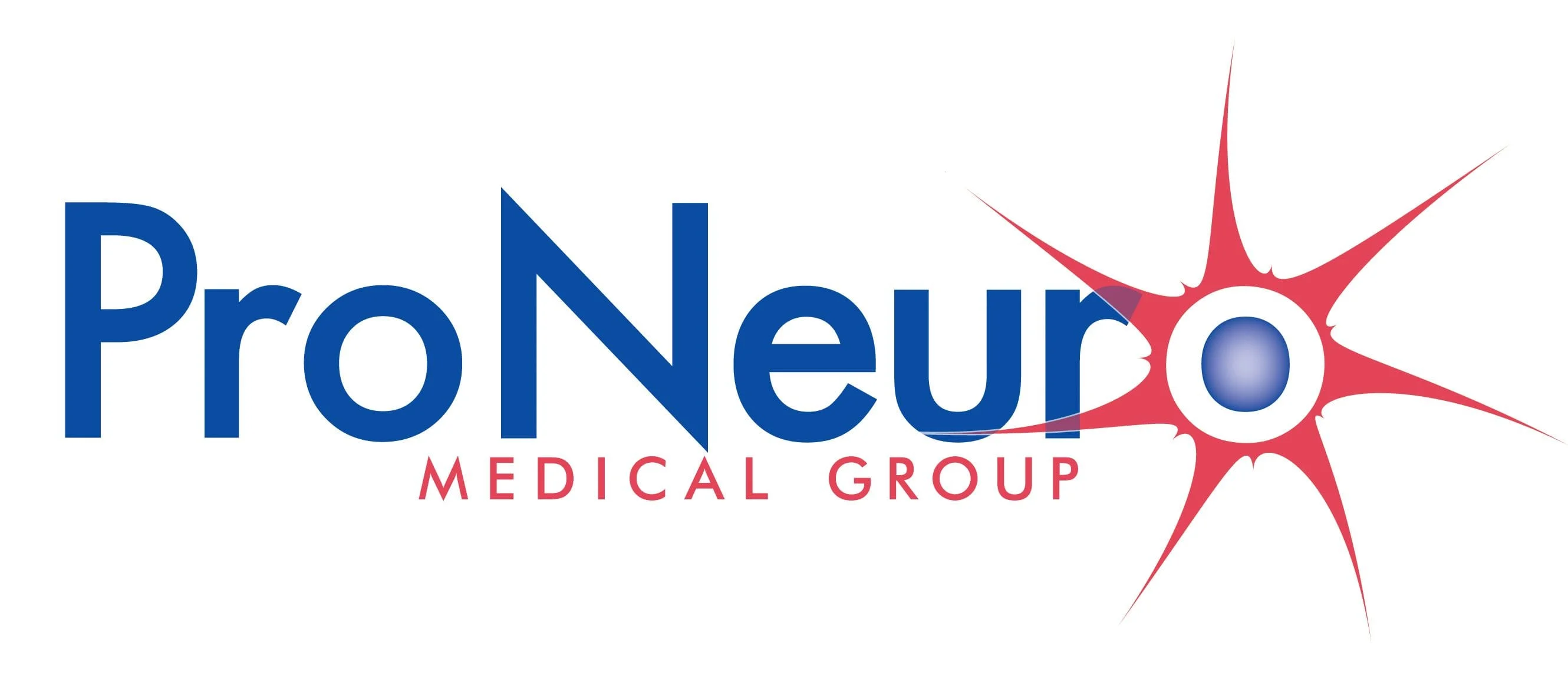
When there is damage to muscles and other soft tissues including pulls, tears, or not being able to get enough oxygen (hypoxia), it can result in the body producing rough, thick scar tissue in the affected area.
Scar tissue restricts the tissues from moving freely because they bind them and tie them down, and as scar tissue builds up, muscles shorten and become weaker, nerves become ensnared and tendinitis can develop due to tension on the tendons. This can lead to reduced range of motion, pain and loss of muscle strength. Should a nerve become trapped, the person may additionally experience numbness, tingling and weakness.
What Do Active Release Techniques Aim to Do?
Active release techniques (ART) attempt to address problems in individual tissues, since one tissue or structure can affect another structure both directly and biomechanically. With this method, the chiropractor identifies problems with movement, pressure and stiffness between the nearby tissues, and then addresses them.
While scar tissue and muscle tension can be addressed with massage, electrical modalities and applying pressure to trigger points, ART seek to take a different approach. It is not just about treatment; it’s also about understanding the muscles and how they have been affected.
After the chiropractor has gotten a feel of the tissues and their texture, motion and tension, he is able to understand and assess the motion of each tissue relative to the one adjacent to it. Now equipped with this knowledge, he can determine whether to:
- Apply a contact tension
- Shorten the tissue
- Make the tissue glide relative to the tissue nearby
- Lengthen the tissue
By doing one or more these, movement can be restored; fibrous adhesions can be broken down; trapped nerves or blood vessels can be released; pain can be reduced; and oxygen and blood can be efficiently delivered to the muscles and tissues.
How Are ART Different From Other Techniques?
There are more than 500 specific moves associated with ART, and each allows the chiropractor to recognize and rectify problems that affect each individual patient. For this, ART do not take a cookie-cutter approach, nor do they only treat problems with muscles. In addition, these “soft tissue system/movement-based massage techniques” treat tendons, ligaments, fascia and nerves.
However, unlike massage, the patient does not lie motionless, and neither pressure nor movement is lateral to the muscles, nerves, ligaments and tendons. Instead, ART use longitudinal movements, and they require the patient to be both a participant and non-participant in their care. In some levels of treatment, movement of the patient’s tissue is done by the chiropractor. In other levels, the patient must actively move the affected tissue in a specific way while the chiropractor employs tension. So, in many ways ART are not strictly a massage; instead, they are a form of manipulation.
What Conditions Do ART Treat?
Because the muscles and other soft tissues can be manipulated, a variety of conditions — all of which are typically the result of overused or overworked muscles — can be resolved with this technique:
- Headaches
- Carpal tunnel
- Back and shoulder pain
- Sciatica
- Tennis elbow
- Shin splints
- Plantar fasciitis
- Knee problems
- Tendinitis
Please contact your chiropractor if you have any questions about ART.
